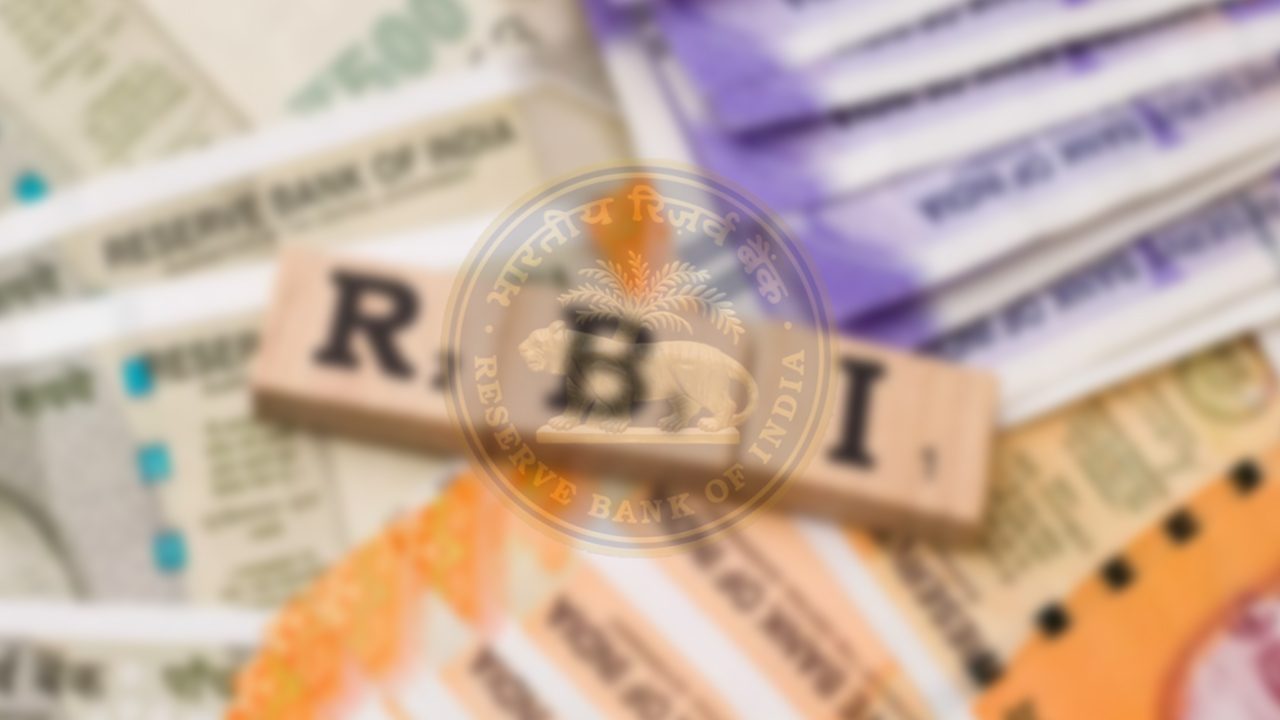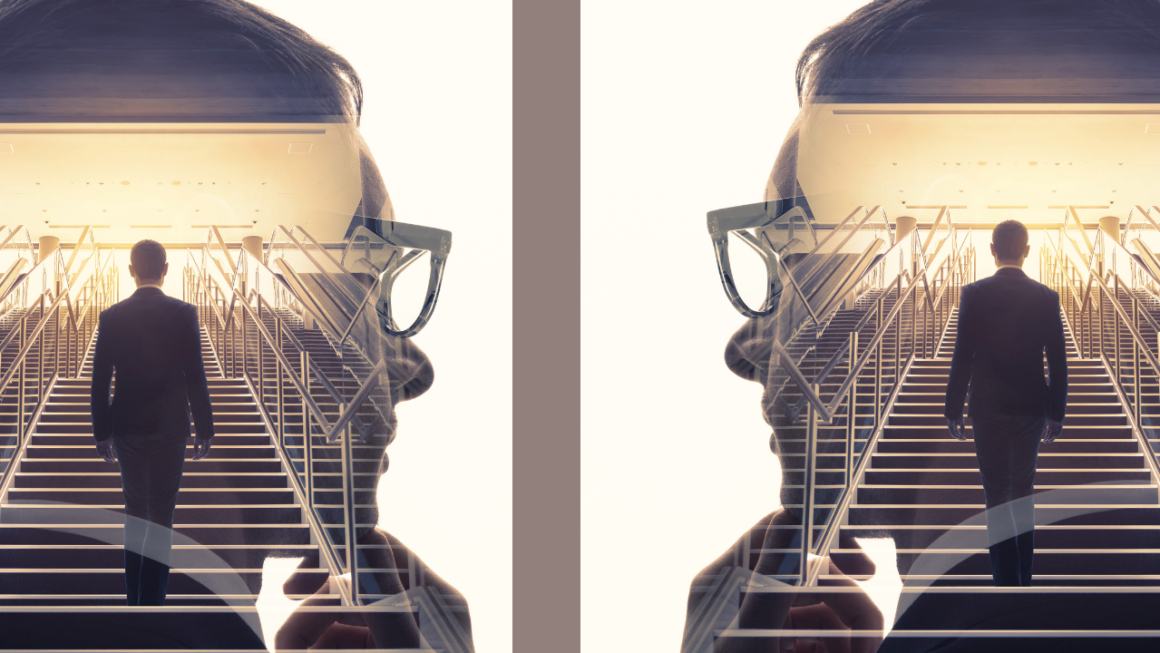RBI Repo Rate 2023
If the RBI decides to increase the repo rate in 2023, commercial banks will have to pay more to access funds, potentially resulting in higher interest rates for borrowers and a slower pace of economic expansion. It is determined by several economic factors, such as inflation, GDP growth, and global economic conditions. Governor Shakti kanta Das announced a 25 basis point increase in the Reserve Bank of India’s repo rate for 2023 during the release of this year’s first Monetary Policy Statement on Wednesday. The monetary policy committee voted on the decision, with four out of six members in favor.
Current Bank Rate In India
In December 2022, the repo rate for the Reserve Bank of India in 2023 saw a 0.35 percentage point hike, landing at 6.25%. On the other hand, remained stable at 3.35%. Meanwhile, the marginal standing facility rate and bank rate remained at 6.75% and 6.25%, respectively. Additionally, with a majority vote of 4 out of 6 members, the monetary policy committee chose to maintain a focus on withdrawing accommodation to sustain target inflation and foster growth in the future.
Understanding RBI Reverse Repo Rate
The Reserve Bank of India (RBI) is responsible for setting various monetary policy rates that influence the lending and borrowing decisions of commercial banks. One of the key rates set by the RBI is the reverse repo rate, which plays an important role in shaping the economy. In this blog, we will explore what the RBI reverse repo rate is, its history, impact on home loan repo rate, and how an increase in the rate can affect the overall economy.
How to calculate RBI Reverse Repo Rate?
The Reserve Bank of India (RBI) sets the reverse repo rate, which is the interest rate at which commercial banks can deposit their excess funds with the RBI. The RBI uses it as a tool to control the money supply in the economy and to manage inflation.
The calculation of this is straightforward. It is the interest rate at which the RBI borrows money from commercial banks. To calculate the reverse repo rate, the RBI takes into account various economic factors, such as inflation, GDP growth, and global economic conditions.
For instance, if the RBI decides to increase, it means that the cost of borrowing for commercial banks will go up. As a result, banks may prefer to deposit their excess funds with the RBI rather than lend them out. This can reduce the money supply in the economy, leading to a decrease in consumer spending and economic growth.
On the other hand, if the RBI lowers the reverse repo rate, it means that the cost of borrowing for commercial banks will go down. This can lead to an increase in lending by banks, resulting in an increase in the money supply in the economy, which can lead to economic growth.
In summary, the calculation of it is determined by the RBI based on various economic factors and is a tool used to control the money supply in the economy and manage inflation.
RBI Reverse Repo Rate History
It has seen several changes over the years. It was first introduced in the year 2000 and has since undergone several revisions. Between the years 2000 and 2021, the reverse repo rate has ranged from as low as 3.25% to as high as 8.50%. The highest reverse repo rate was seen in 2008, following the global financial crisis, when the RBI raised it to 8.50% to curb inflation.
Read Also: The Ultimate Guide To Investing In Your 20s
Home Loan Repo Rate
It has a direct impact on the home loan repo rate. Home loan interest rates are linked to the repo rate set by the RBI. It is the rate at which commercial banks borrow money from the RBI. When the RBI increases the repo rate, the cost of borrowing for banks increases, which, in turn, leads to an increase in home loan interest rates. Therefore, if the reverse repo rate increases, it puts upward pressure on the repo rate, resulting in higher home loan interest rates.
RBI Reverse Repo Rate Hike Impact
A hike in the RBI reverse repo rate can have several impacts on the economy. Firstly, it increases the cost of borrowing for banks, which, in turn, can lead to an increase in interest rates for borrowers. This can reduce consumer spending and slow down economic growth. Additionally, a hike in it can lead to a decrease in liquidity in the economy, as banks may choose to deposit more funds with the RBI, rather than lend them out. This can further impact economic growth and employment rates.
In conclusion, it plays a crucial role in shaping the economy. It is an important tool used by the RBI to control inflation, manage liquidity in the economy, and influence lending and borrowing decisions of commercial banks. An increase in the rate can lead to an increase in interest rates, which can impact economic growth. Therefore, it is essential to keep an eye on it and its impact on the economy.
FAQs
Q. What is RBI Reverse Repo Rate?
Answer: It is the interest rate at which commercial banks can deposit their excess funds with the RBI.
Q. Why does the RBI set a Reverse Repo Rate?
Answer: The RBI uses it as a tool to control the money supply in the economy and to manage inflation.
Q. How often does the RBI change the Reverse Repo Rate?
Answer: The RBI may change the Reverse Repo Rate as and when required, based on various economic factors.
Q. What is the impact of a higher Reverse Repo Rate?
Answer: It means that the cost of borrowing for commercial banks will go up, leading to a decrease in consumer spending and economic growth.
Q. What is the impact of a lower Reverse Repo Rate?
Answer: A lower Reverse Repo Rate means that the cost of borrowing for commercial banks will go down, leading to an increase in lending by banks and an increase in the money supply in the economy.
Q. What is the difference between Repo Rate and Reverse Repo Rate?
Answer: It is the interest rate at which the RBI lends money to commercial banks, while the Reverse Repo Rate is the interest rate at which commercial banks can deposit their excess funds with the RBI.
Q. How does the RBI use the Reverse Repo Rate to manage inflation?
Answer: It can reduce the money supply in the economy and manage inflation.
Q. What is the relationship between Reverse Repo Rate and home loan interest rates?
Answer: It can impact the cost of borrowing for banks, which can in turn impact the home loan interest rates.
Q. What is the impact of this Rate on the stock market?
Answer: It can impact the stock market, as changes in interest rates can impact the overall economy and business profitability.
Q. Can the RBI change the Reverse Repo Rate without changing the Repo Rate?
Answer: Yes, It can.
Q. What is the historical trend ?
Answer: The historical trend shows that it has fluctuated over time, depending on various economic factors.
Q. What is the relationship between the Reverse Repo Rate and inflation?
Answer: It can impact inflation, as changes in interest rates can impact the overall money supply and inflationary pressures.
Q. How does the RBI decide on the Reverse Repo Rate?
Answer: The RBI takes into account various economic factors such as inflation, GDP growth, and global economic conditions to determine this.
Q. Can the RBI use the Reverse Repo Rate to stimulate economic growth?
Answer: Yes, It can lead to an increase in lending by banks and an increase in the money supply in the economy, which can stimulate economic growth.
Q. What is the impact of a change in the Reverse Repo Rate on the exchange rate?
Answer: A change in it can impact the exchange rate, as changes in interest rates can impact the overall economy and currency value.
Q. What is the impact of the Reverse Repo Rate on personal savings accounts?
Answer: It can impact personal savings accounts, as changes in interest rates can impact the returns on savings accounts.













